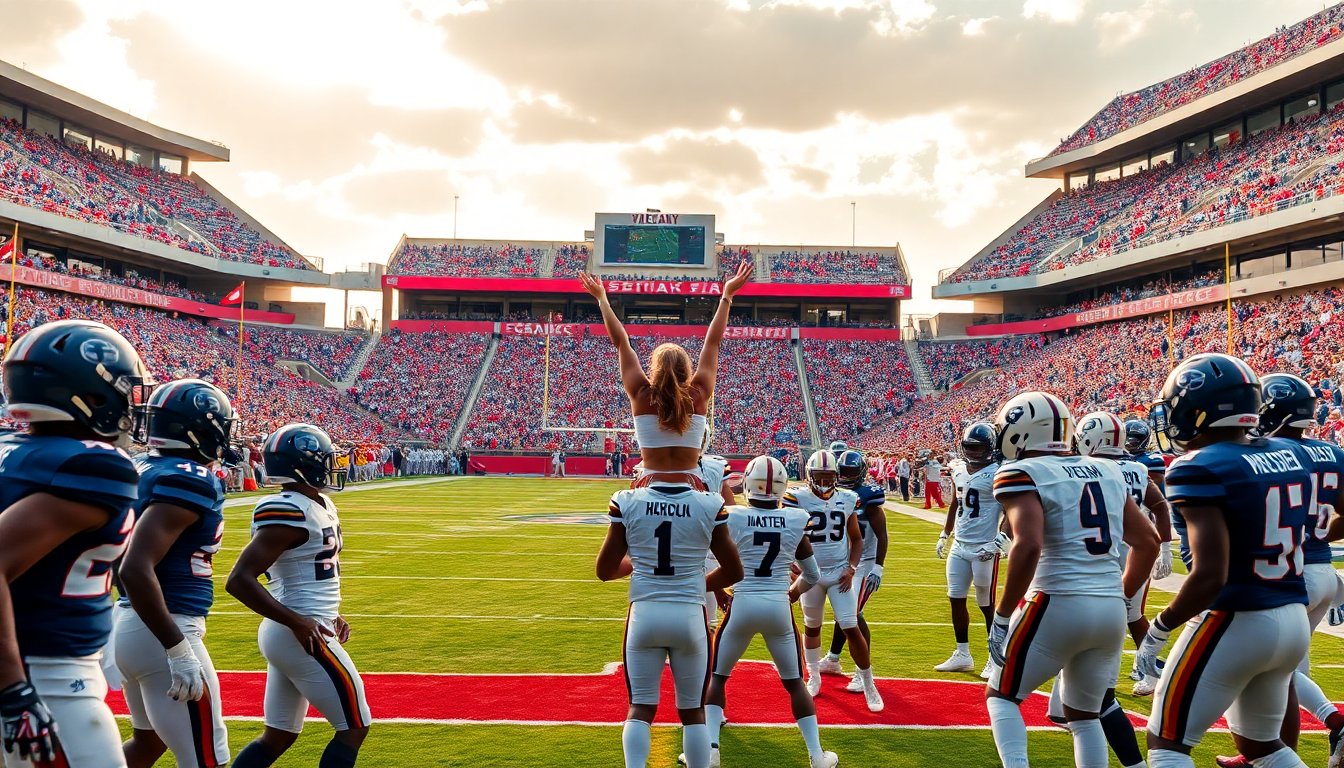Table of Contents
In collegiate athletics, few entities possess the influence of the Big Ten and the SEC. These two conferences have emerged as dominant forces in college football, each with a rich history, strong programs, and dedicated fanbases. However, their visions for the future of the sport diverge significantly.
Understanding the implications of their rivalry is essential as it may reshape college football.
The evolving landscape of the College Football Playoff (CFP) has intensified tensions between the Big Ten and SEC. With various teams competing for supremacy and coveted playoff spots, the stakes are higher than ever.
Discussions surrounding expansion, playoff formats, and revenue distribution are critical in determining the future direction of college football.
The clash of titans: Big Ten vs. SEC
The Big Ten Conference has traditionally emphasized academic excellence alongside athletic achievement, fostering a unique culture in the process.
In contrast, the SEC is known for its intense competition and athletic dominance, especially in football. These differing philosophies often spark debates among fans and analysts, as each conference advocates for its vision of the sport’s future.
Academic values vs. athletic prowess
The Big Ten’s focus on academic integrity and its member institutions’ research initiatives distinguish it from the SEC. The conference consistently ranks high in graduation rates and academic performance, a point of pride for its supporters. Conversely, the SEC prioritizes athletic success, frequently sending multiple teams to compete at the highest levels of college football.
This divergence sets the stage for ongoing discussions about the future of the sport.
The impact of playoff expansion
The recent expansion of the College Football Playoff system has added complexity to the rivalry between the Big Ten and SEC.
With more teams entering the fray, the competition for playoff spots is expected to heighten. This change could substantially influence how programs within each conference strategize their seasons and recruit talent.
Future implications for teams
As programs prepare for the expanded playoff format, they must adapt to a tougher landscape. The College Football Playoff will now feature 12 teams, with six conference champions and six at-large selections, altering the dynamics of postseason competition. This shift emphasizes the importance of consistent performance throughout the season and the ability to secure wins against formidable opponents.
For example, Ohio State has positioned itself as a frontrunner in playoff discussions, showcasing its ability to excel in high-stakes situations. Following a recent victory against Penn State, it solidified its status as a serious contender, prompting heightened interest in their playoff odds. Conversely, teams like Indiana have made significant strides, evolving from underdogs to recognized threats.
The financial stakes
Another critical aspect of the rivalry is the financial implications of each conference’s success. The SEC is renowned for its lucrative television contracts and substantial revenue streams, which continue to bolster its influence. This financial power enables the SEC to attract top-tier talent and invest in facilities, coaching staff, and resources, further entrenching its dominance.
Meanwhile, the Big Ten is making strides to enhance its financial portfolio. As the landscape of college athletics shifts, both conferences aim to secure their financial futures while retaining their identities. The competition for fan engagement and media rights is expected to intensify as both conferences seek to maximize their revenue potential.
A new era for college football
The rivalry between the Big Ten and SEC will play a crucial role in shaping the future of college football. Their contrasting philosophies, competitive approaches, and financial strategies will influence how the sport develops in the coming years. The outcome of this rivalry will determine which conference emerges as the preeminent force in college football, impacting everything from playoff selection to the recruitment of future stars.





